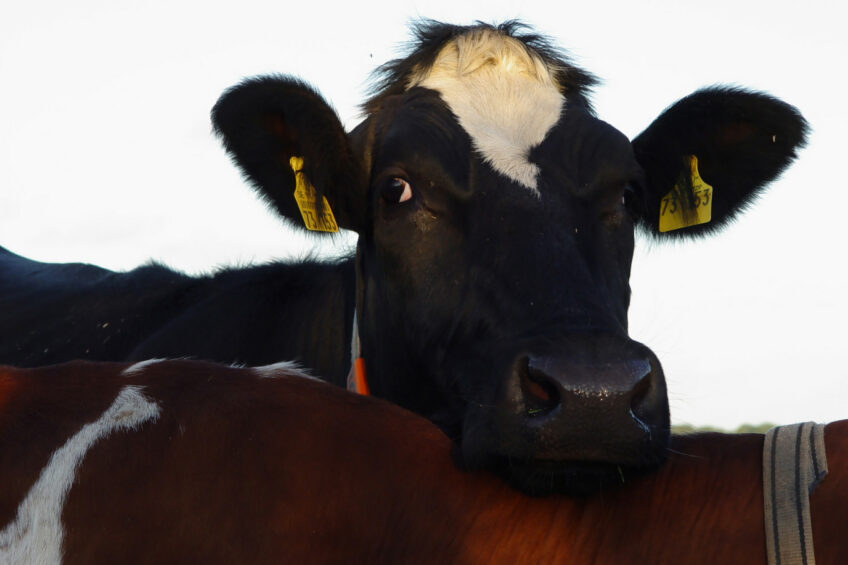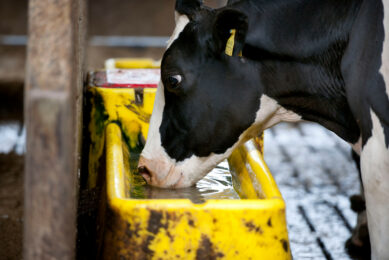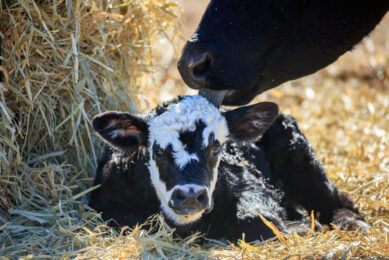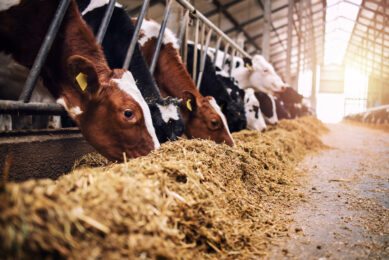Cow management made simple with one bolus

A new multi-purpose bolus makes it possible to keep track of cow fertility, health and welfare.
The new bolus uk.smaXtec.com is a simple tool that allows dairy farmers to monitor cow health, fertility and lameness with ease. By measuring cow temperature and activity levels, it is able to flag up numerous issues that might otherwise go unnoticed under visual supervision, explains Victor Ogedegbe, veterinary analyst at Moletech.
“The bolus is proven to reliably alert farmers to fertility losses and disease, heat stress, calving, heat detection; even drinking and lameness issues. The benefit of such early alerts can be invaluable to farmers; enabling rapid treatment or action where required, as well as cutting costs and improving efficiencies.”
Detecting digestion disorders
A separate bolus, able to monitor pH levels alongside temperature and activity, can also be used in a small percentage of the herd. This measures rumen pH levels to detect digestion disorders and prevent acidosis, with the pH function lasting 150 days.
The boluses are orally administered, similarly to magnets, and then settle in the reticulum where they will remain safely for the cow’s life. “Each bolus has a battery life of up to 4 years and so it is unlikely each cow will need more than one,” says Mr Ogedegbe. “From its position within the cow, the bolus will send updates on cow temperature and movement to a base station every 10 minutes, which then uploads the data to a cloud system via broadband or 4G.” The information from each cow is interpreted by the software and the farmer will then receive alerts flagging up any unusual behaviour immediately on their smart phone or computer.
Trail shows calving alerts extremely useful
Paul Redmore, farm manager at Neston Home Farm, Corsham, has put the bolus in 300 of his Jersey cows following a trial in 50 head, and has found the calving alerts to be extremely useful. “It’s the most accurate calving alert we’ve come across,” he says. “Any cow with a bolus has produced an alert typically 12-15 hours before she calves, which enables us to focus our labour.”
The bolus removes the need for collars, heat strips and other monitoring devices, and from its internal position it cannot be damaged by the cow. “Other than the initial administration, the bolus removes the need for frequent handling or any alterations of the device,” says Mr Ogedegbe.
“Though the boluses have been predominantly utilised by dairy herds, they are of equal benefit to beef farmers looking to increase efficiencies and reduce costs,” he explains. “With the greater need for farmers to improve efficiencies, it is important to optimise animal health, fertility and feed management.”
Join 13,000+ subscribers
Subscribe to our newsletter to stay updated about all the need-to-know content in the dairy sector, two times a week.











